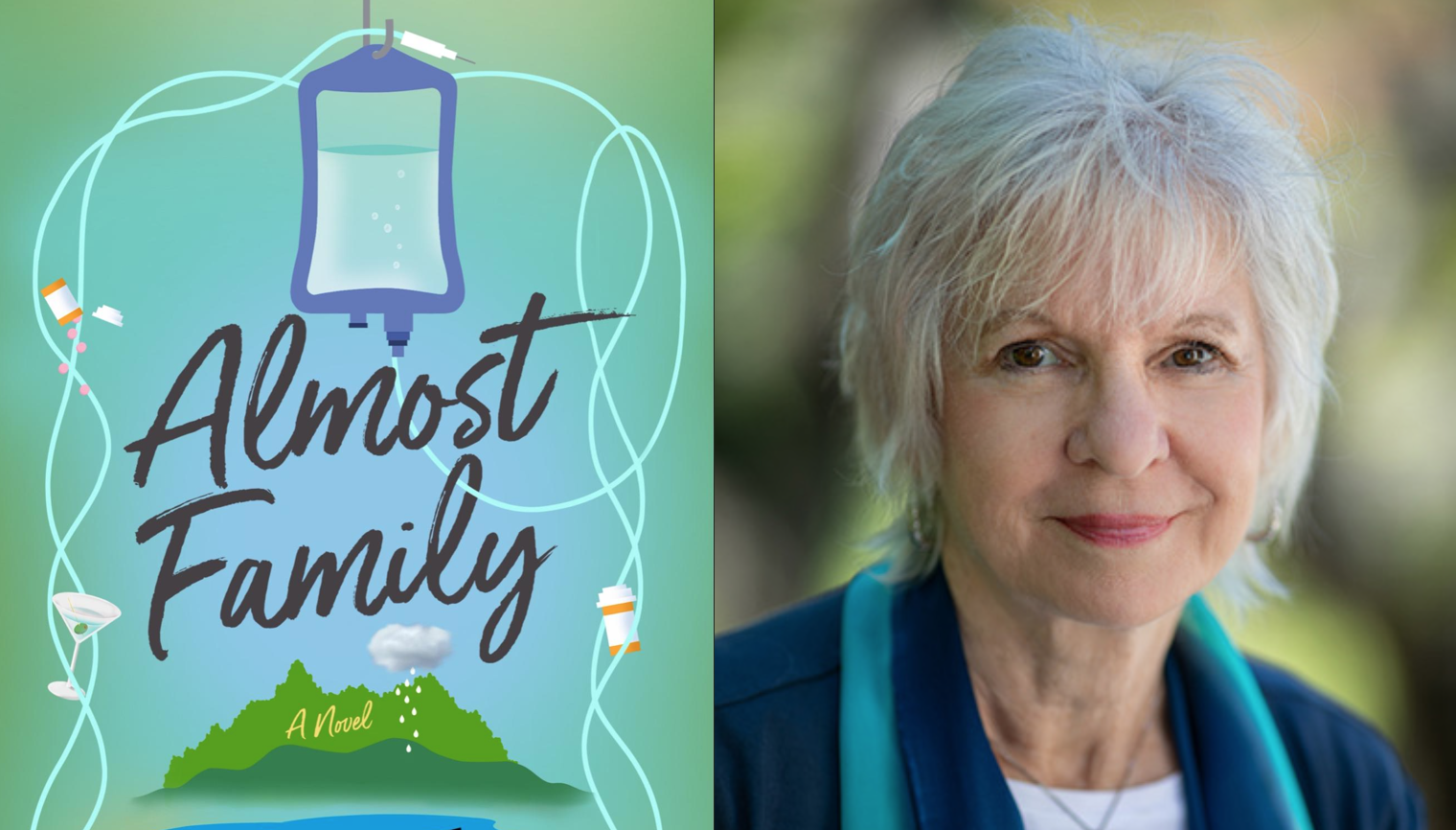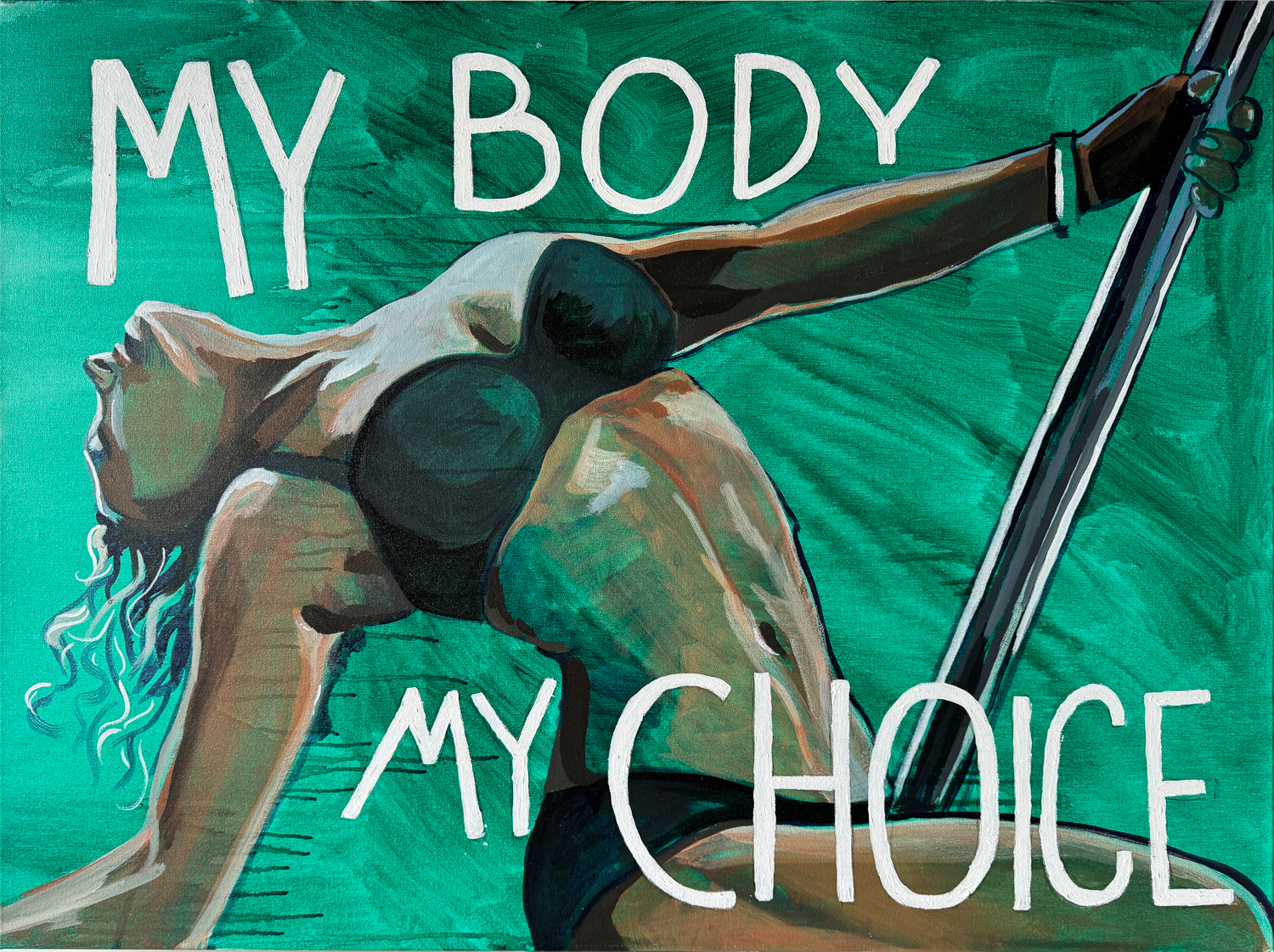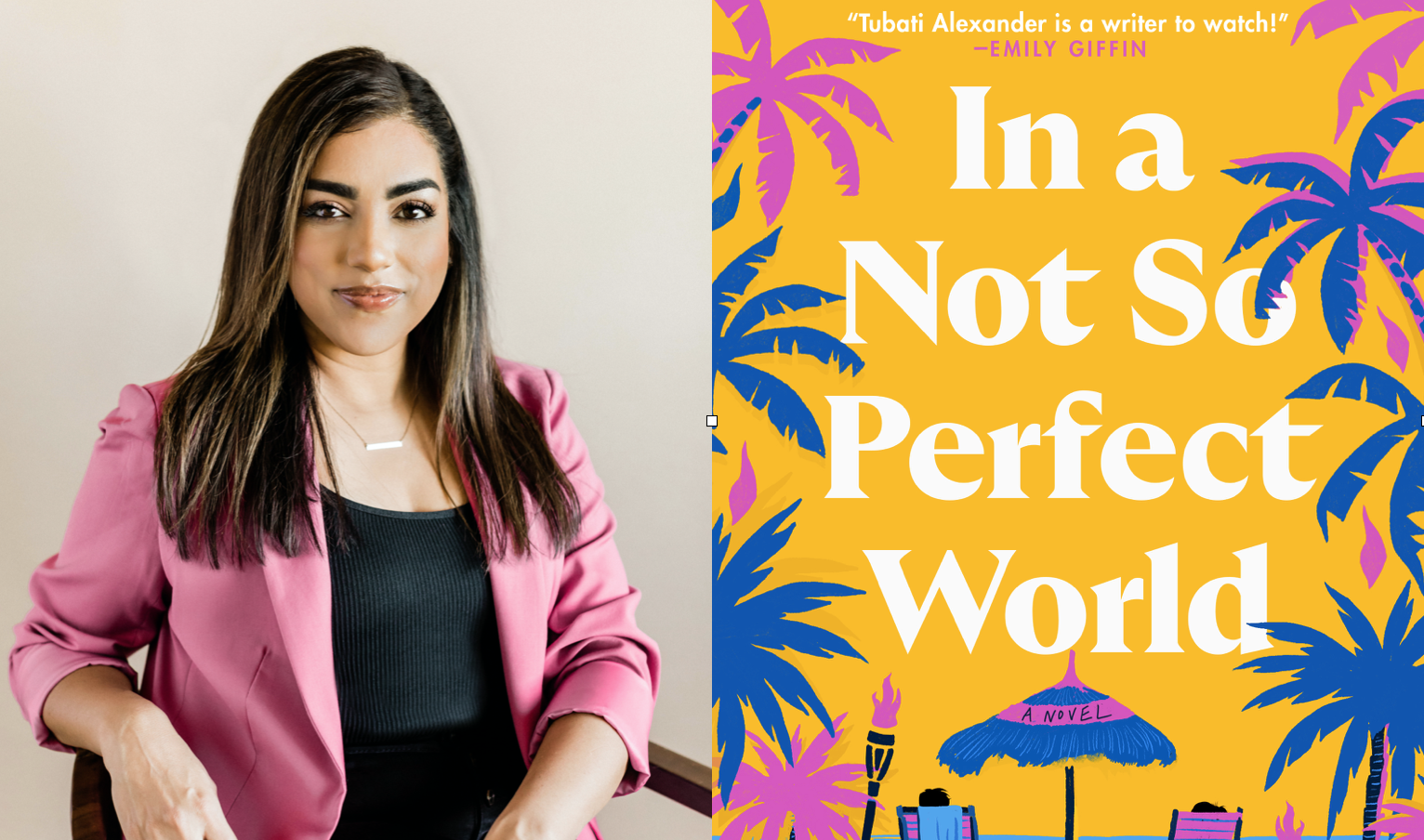
When you think of what an interior designer does, your mind immediately thinks of color swatches, furniture shopping, light fittings and the flow of a room. But what would it look like to include sustainability, inclusivity, and healing to the job description? Just ask Elizabeth Byler – the CEO of Eden Environments who is revolutionizing what it means to design interior spaces by bringing their unique and inclusive approach to the world of design.
Elizabeth is on a mission to transform spaces into inclusive, welcoming environments that celebrate diversity and cater to a wide range of needs. Their expertise in sustainable, neurodiverse, and trauma-informed design sets them apart as a thought leader in the industry.
Elizabeth’s degree in healthcare administration led them to ask, “How can we use spaces to promote healing and well-being?” Learning about design strategies that can be implemented to achieve that goal energized them to share this information and be part of creating these healing spaces. They believe that it is time to move past survival and consider what collective and individual thriving looks like.
Design has always been part of their life as they see the world in patterns and are highly sensitive to environments. The intersection of sustainability, design, and inclusivity is so fascinating to us, so we wanted to learn more.
With Eden Environments, Elizabeth works to empower women through inclusive design, and believes in the importance of creating spaces that cater to diverse needs, including those related to gender, age, and physical abilities. Elizabeth designs environments that promote accessibility, making everyday experiences more comfortable and convenient for women.
Elizabeth’s expertise also shows how design can embrace neurodiversity within the context of femininity. Thoughtfully designed spaces can positively impact the lives of neurodiverse women, and this is something we wanted to talk with them about. Read on below to get a peek into an innovative company that is designing spaces to heal, inspire, and change women’s lives.

Can you tell us where your love for interior design began, and how you started in the industry?
Since I was young, I have been drawn to beauty and design. I often would gravitate towards patterns and colors that I enjoyed. As the youngest of three, my most frequent chore was setting the table. I didn’t particularly enjoy doing that so I made it fun for myself by crafting elaborate centerpiece designs. Jumping forward, my first job out of college was at a nonprofit who was in desperate need of a renovation. I loved the process and even more so the impact of working in a better designed space. This ignited my desire to create spaces for others where they could thrive.
Having studied healthcare, can you share more about this and how it has informed your interior design work?
My definition of healthcare used to be focused on western medical spaces and I wanted to be involved because I believe everyone deserves access to great healthcare. Western clinical spaces don’t consider how physical spaces impact the body and mind. I approach a space from the perspective of wanting to bring healing to the whole body through intentional human-centric design. I use strategies that promote healing and wellness.
Currently, I have a broader view of healthcare that is more preventative and holistic. Creating spaces where more people feel comfortable, cared for, and well, to me, is healthcare.
We love the way you are elevating how people think about survival and thriving after experiencing trauma. How can interior design become an integral part of a person’s healing journey?
Spaces are one of the few things we have control over. For individuals, designing a space that reflects yourself and is comfortable is an empowering experience. For corporations, offering options for individuals, as well as making design choices that communicate safety promotes healing. One example of this is creating a layout for seating that would allow people’s backs to the wall instead of towards an entryway or an exposed part of the room. Additionally using biophilic (connecting people to nature) design helps build resilience and safety in a way that isn’t often seen in clinical spaces.
Your work focuses on creating inclusive and accessible spaces for women. Can you share why this is important to you?
The majority of spaces, especially office spaces are designed for an able-bodied, thin, neurotypical, cisgender, heterosexual, man as a standard. This design standard can be seen in the temperature settings, chair options, color choices, bathrooms, etc. This is leaving out a significant portion of the population and can create uncomfortable, even harmful spaces. It also communicates who we value most as a society. My design strategies allow for commonly excluded populations to enter spaces where their needs are addressed and their experiences are valued.
I know what it is like to be excluded from spaces and believe that it is important to create spaces where a diverse group of people can gather and feel welcome. I believe in the inherent worth of humans and want us to imagine a built environment that effectively communicates that.
Can you tell us more about the intersection of neurodivergence and femininity in your design work? How can sensory-friendly and thoughtfully designed spaces positively impact the lives of neurodiverse women?
Support for neurodivergent women is systemically underfunded and under researched which causes significant delay in tools that further accessibility.
The amount of stimulation in a space being at the right balance allows neurodivergent individuals to be at their best. They are often more sensitive to the environment around us, but don’t often have the bandwidth and resources to design a space for themselves. Designed well, a space can be soothing, increase focus, and improve creativity.
Leveraging interior design as a tool for neurodivergent women and people of all genders can have many positive impacts on individuals interacting with the space.
As a thought-leader and innovator, what kind of changes do you hope your work will influence in the interior design market?
I hope that the conversation around inclusive design continues to grow and become the norm. I hope that manufacturers consider creating more seating options with higher weight limits and width that still look beautiful. Most importantly, I hope that through my work people are able to heal from harmful messages and internalize that they are not defective, spaces are malleable and should be the thing to change, not bodies.
Are there any anecdotal stories or experiences you can share with us about spaces you have created for past clients?
At a recent acupuncture appointment, I was trying to sit in one of the waiting room chairs and found myself very uncomfortable because it was digging into my thighs. It is ironic to have avoidable pain inflicted at a place for pain management.This is the unfortunate reality for many plus-sized individuals. Thankfully, this story has a happier ending than most. I reached out to the owner to relay my experience and explained a bit about the type of design that I do. She was very responsive and happy to work with me to find a better set of chairs. It has been so nice to hear all of the comments from other clients who love the chairs and to know that I will have a pain-free, comfortable seat whenever I go.
We’ve seen a lot of pushback on the idea of Diversity, Equity and Inclusion (DEI) in the corporate arena and business space. Can you share with us how you’ve managed to make this a core value of how you do business, and why others shouldn’t be afraid of it?
DEI as a performative measure will get pushback because it is not creating the positive change it was designed to. For it to work, there needs to be sincerity, a willingness to grow, and perseverance. I also believe that it should be implemented in leadership first. Additionally, DEI needs to be more than policies, there needs to be a culture shift. It’s like hospitality, you don’t just need to invite new people in, you need to prepare a welcoming space for them.
The identities that I hold have made it easier for me to see the value in a wide range of perspectives and individuals. This has created unique opportunities for me and my business. At times it has felt harder, but inclusion is at the heart of my business and myself. I am often trying to think of who is not in the room and what can I do to prepare a space for them. I think a good place to start is being open and respecting other people. It can be a rewarding and transformational experience.
If someone is discovering Eden Environments for the first time, what do you want them to know about the services you offer?
I want interior design to be accessible to people so I am often on social media talking about different things you can do to design your space so I would suggest following along! For businesses and individuals I offer hourly consulting, full project service, educational workshops and speaking, and sustainable consulting.
I have also been working on an exciting new project; a podcast called “Room for Every Body” which is available wherever you listen to podcasts!
You can learn more about Elizabeth’s work at Eden Environments by clicking HERE. Be sure to follow the company on Instagram, and listen and subscribe to the ‘Room for Every Body’ podcast.

















